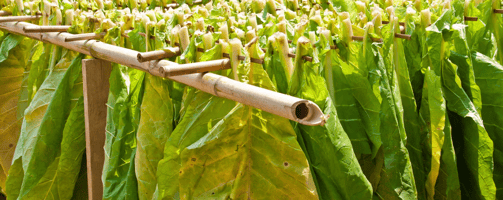The SIS Group (the Mauritius-based holding company for both GCC and SIS Inspections) is pleased to...
Considering Namibia as an investment destination?
|
If you are, then you are spot on and aligned with several multinational companies and mining houses that are doing just that. And with the big business moves, the ancillary business such as financial services which includes bank financing, legal services, accounting services and risk assurance services will follow suit. Spill-over effects on other sectors of the economy such as aviation and accommodation also become more evident as time passes. By far the biggest expected money-spinner for government would be the mining sector (13.3 % of GDP for 2024, roughly just over N$ 24bn) which includes drilling for oil and gas by TotalEnergies (France’s energy giant), in the Orange basin, 290 kms off the coast of Namibia in water depths of around 3 000 metres. Based on the cores and fluid samples of the drillings, a final investment decision or “FID” is to be taken early in 2026 – that is after the initial investment of approximately USD 5bn to arrive at that juncture. Once the FID has been taken, the investment could easily increase to USD 20bn. Other industries are naturally keeping a close eye on these developments, and as such, MSC Shipping, the biggest logistics provider in the world, has opened an office in Walvis Bay. The Belgian shipping giant, Cie Maritime Belge SA, (CMB), from Antwerp, has also opened an office in Walvis Bay, to facilitate exports from a green hydrogen plant in Walvis Bay. This plant is to be set up with an investment cost of around USD 3bn and is part of a JV between Namibia’s Ohlthaver & List Group and the Cie Martime Belge SA. It will supply clean energy locally and for export to Belgium to fuel its own shipping fleet. King Phillip of Belgium visited Namibia in May 2024 and sealed the deal together with President Nangolo Mbumba, making Namibia the front runner in the supply of green hydrogen globally. Gondwana Holdings Limited is building hotels in Walvis Bay as well as Luderitz, to provide adequate accommodation to cater for the influx of business-minded folk as well as tourists. The supply of beds are limited and bidding prices have increased significantly. Talks are currently underway to expand airline services as well. Chances are remote that all these big players would make pure leaps of faith, and at closer inspection the reasons become clear. Namibia is a politically safe country, with no radical forces, it has advanced infrastructure and logistics, the rule of law is respected, and no expropriation of property can be done without compensation. Furthermore, it has a GDP growth rate of 3.8% as at April 2025, significantly higher than SA’s GDP growth rate of 0.1% for the first quarter 202. Company tax is higher at 30% (compared to SA’s 27%), however, considered in conjunction with capital gains tax of 0%, as opposed to maximum effective capital tax rate (when 40% of the gain is taxed at the marginal tax rate) for individuals and companies respectively in SA of 18% (40%*45%) and 21.6% (40%*27%), it makes for an attractive investment destination, more so than SA, which used to be the powerhouse of Africa. The above macro-economic shifts are expected to bring much needed economic relief to a country with very low household income and an unemployment rate of around 36.9% as per the latest available data of 2023. This can reasonably be compared to SA’s unemployment of 32.9% in the 1st quarter of 2025. In the final analysis the fiscal, economic and investment policies of governments in both countries and the application of anticipated revenues would be paramount in successfully addressing the low household income and high unemployment currently facing the country. |



